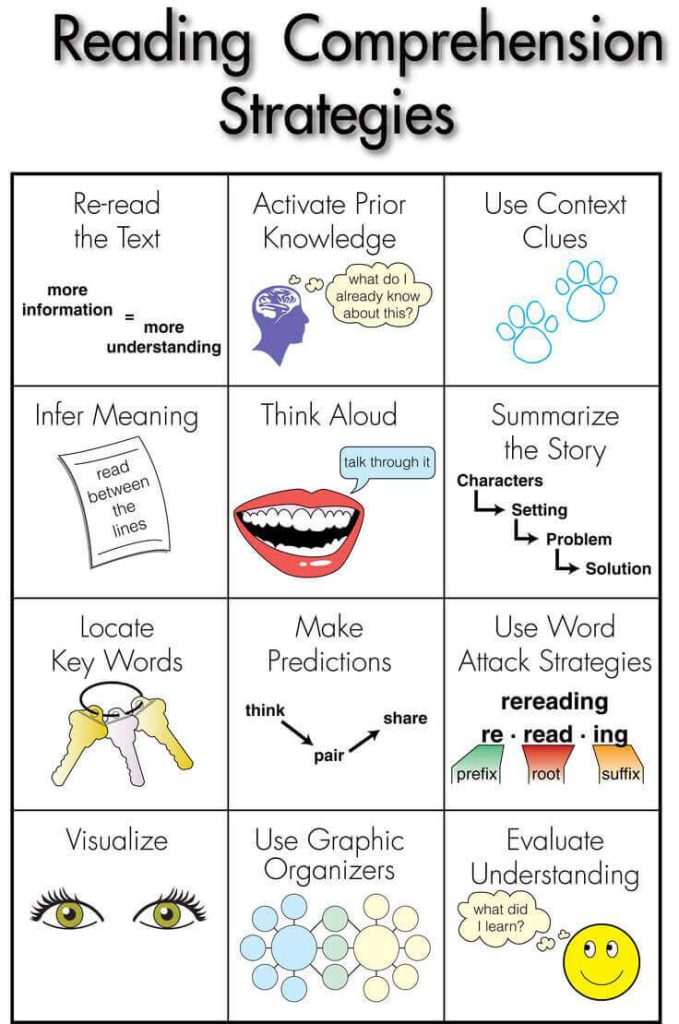It can be challenging to entice reluctant readers, often kids and teenagers, to pick up a book and dive into its pages. However, with the right selection tailored to their interests and reading level, even the most hesitant readers might find a story they can’t put down. Here are ten books that are great for sparking an interest in reading:
1. “Diary of a Wimpy Kid” by Jeff Kinney – This book is filled with humor and illustrations that make it easy for readers to follow along. The diary format breaks up the text and makes it less intimidating for those who are overwhelmed by dense pages of words.
2. “Percy Jackson & The Olympians: The Lightning Thief” by Rick Riordan – Engaging mythological tales with modern twists can captivate the imagination of any reader. Percy’s use of wit and the action-packed storyline keeps pages turning.
3. “The Hunger Games” by Suzanne Collins – The strong narrative voice and fast-paced plot in “The Hunger Games” attract readers who are looking for excitement and a compelling dystopian world.
4. “Harry Potter and the Sorcerer’s Stone” by J.K. Rowling – This iconic book brings fantasy and reality together in a way that’s thrilling for reluctant readers. The magical universe is extensive yet accessible, perfect for getting lost in a good book.
5. “Holes” by Louis Sachar – An adventure with mystery elements, “Holes” offers a unique storyline that combines different timelines seamlessly, keeping readers engaged in the intricate story.
6. “Wonder” by R.J. Palacio – With its uplifting message and engaging character arcs, “Wonder” encourages empathy while keeping readers interested in how the story unfolds.
7. “The Graveyard Book” by Neil Gaiman – A spooky atmosphere paired with an endearing protagonist makes this book captivating for young readers, especially around Halloween.
8. “Captain Underpants Series” by Dav Pilkey – The mix of illustrations and text along with outrageous humor found in these books can appeal to even the most struggling reader.
9. “The Bad Beginning (A Series of Unfortunate Events)” by Lemony Snicket – The quirky narrative style piques curiosity, while the constant troubles of the Baudelaire children keep readers curious about what’s next.
10. “Graphic Novels like Smile or Sisters” by Raina Telgemeier – Graphic novels are an excellent choice as they combine visual storytelling with written words, which can be particularly engaging for those who feel less comfortable with traditional novels.
These books have proven successful in capturing the attention of reluctant readers through engaging storylines, relatable characters, graphical elements, humor and suspense. Presenting a variety of genres ensures that there’s something for everyone in this list to start loving reading.



